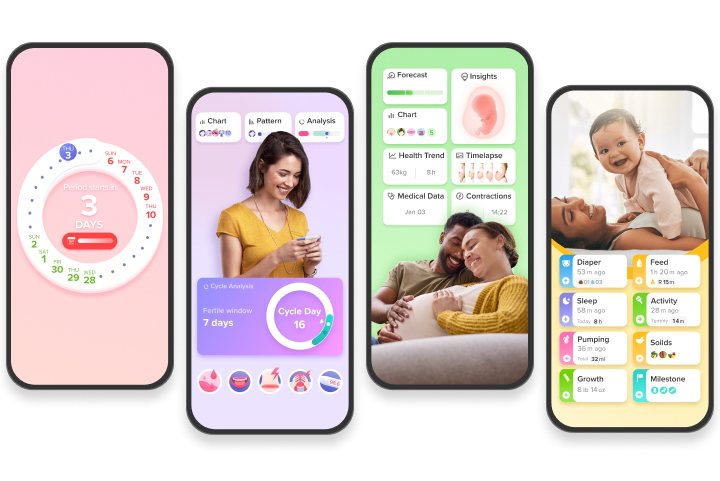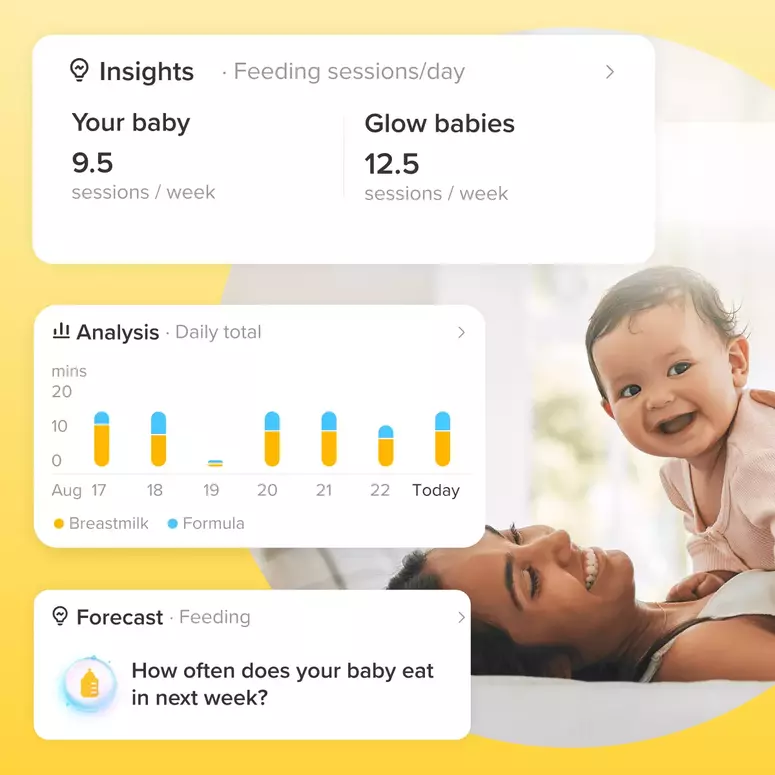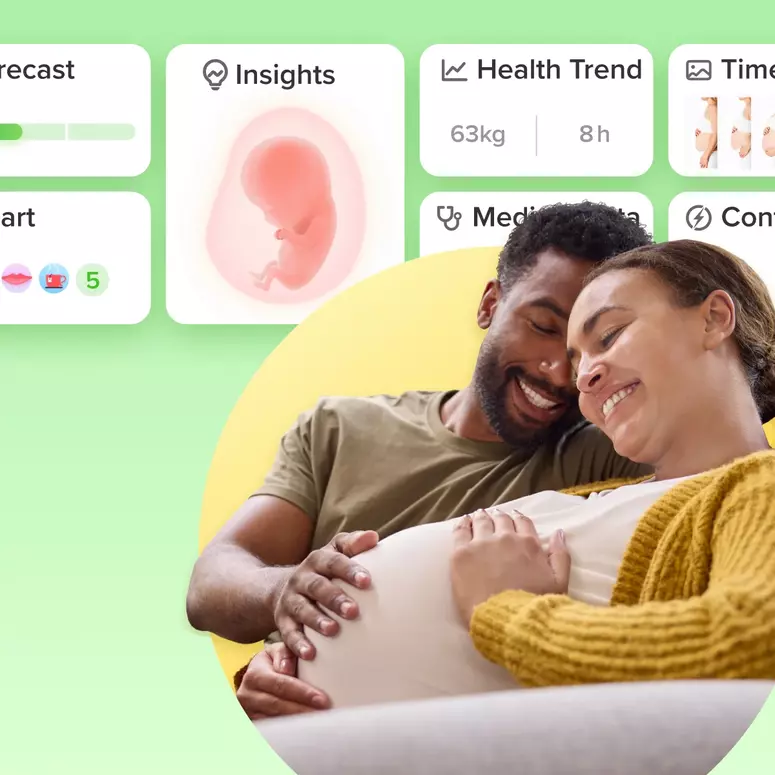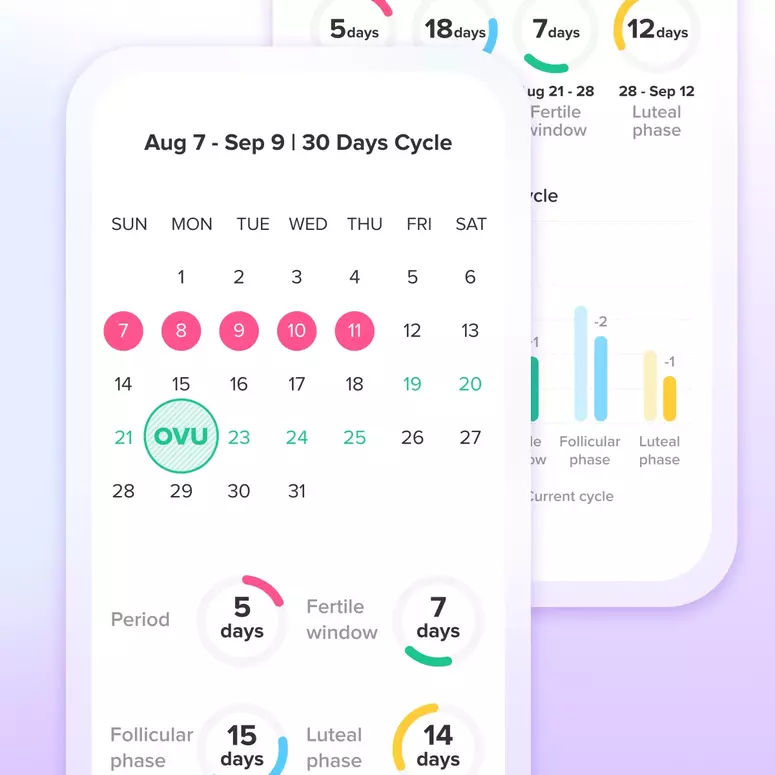Trend Of Twin Births

From 1980 to 2009, according to a recent report by the National Center for Health Statistics, the rate of twin births rose 76 percent. Now about one in 30 babies born in the United States is a twin. Two-thirds of the increase is probably explained by the growing use of fertility drugs and assisted reproductive technology.
The remainder is mainly attributable to a rise in the average age at which women give birth. Older women are more likely to produce more than one egg in a cycle, and 35 percent of births in 2009 were to women over age 30, up from 20 percent in 1980.
This age-induced increase applies only to fraternal twins, though; the rate of identical twin births does not change with the age of the mother. From 1980 through 2004, increases in twin birth rates averaged more than 2 percent a year, but from 2004 to 2009, the increase slowed to 1 percent annually. Joyce A. Martin, the lead author of the report, suggested that better techniques in fertility enhancement procedures may have made multiple births less likely.
Twin births have historically been more common among non-Hispanic black women, but rates among white women have risen faster. In 2009, twin birth rates were similar in the two groups: 38 per 1,000 births for black women and 37 for white women. Hispanic women had twins at a rate of 22.5 per 1,000 births.
Achieve your health goals from period to parenting.




